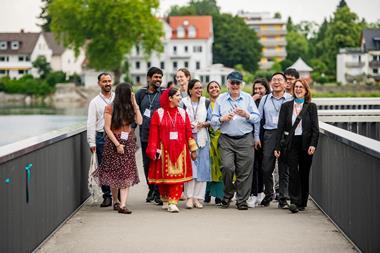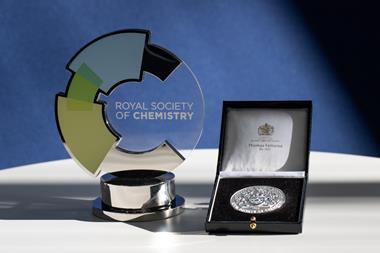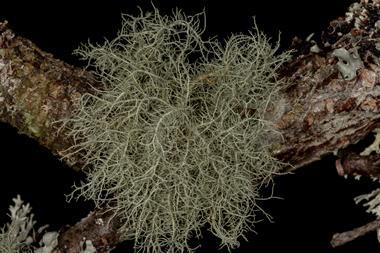Rodney Townsend calls for chemists to get closer to consumers.
To start with - a thought provoker: living plants hate green! We look around at the natural environment and everywhere we see the colour green, so in western society we now have an almost romantic attachment to ’greenness’. But why are plants green? I would hope that even most undergraduate chemists could answer this without too much difficulty - the only parts of the visible electromagnetic spectrum that most plants reject during the process of photosynthesis, mediated by our old friend chlorophyll, are those wavelengths corresponding to the colour that we call green. Other wavelengths are absorbed but green is not.
This is perhaps a simplistic way of looking at things but nevertheless it is thought provoking. After all, by contrast, we human beings love green - it is a colour we associate with tranquility, peace, health, nature, and relaxation.
The reality is that the modern consumer is (quite understandably) attracted to any marketing strategy that makes the most of ’greenness’, a concept associated with naturalness, sustainability and environmental friendliness. This love affair is most unlikely to change in the foreseeable future. Therefore, a major lesson for us chemical scientists is that we as a community have to get much closer to the consumer than we have in the past. This is a big challenge because the average consumer sees chemistry and chemicals as things that are far away from his or her world. More than this, he or she wants to push them even further into the distance. We are currently losing this battle to bodies such as the Worldwide Fund for Nature. They seem to do all the running at present.
So how should we get closer to consumers? First, I think we have to keep at the forefront of all our thinking the simple, clear message that the real answers to the problems of sustainability (by definition, environmental, economic and social progress for future generations) are only to be found in innovative chemical technologies. We should publicise this message widely and match actions with words. This is why the Royal Society of Chemistry (RSC) is working closely with the Chemistry Leadership Council (CLC) and the Chemical Industries Association on innovation. Green chemical technology should not be seen as a problem but rather an opportunity to create wealth and exciting new products through innovative thinking.
Second, we must engage assertively and positively with the UK government’s priorities on health, wealth and energy. We are doing this also in areas of sustainable energy, with involvement in initiatives on the hydrogen economy, future nuclear fission technology and energy from biomass.
Finally, to do all this we must ally ourselves closely with key partners outside the RSC. As well as the CLC, this means linking closely to key Faraday partnerships such as Crystal (green chemical technology) and related partnerships such as FirstFaraday (remediation), as well as the Green Chemistry Network, which we helped to build over the past five years.
All of these issues are priorities for the new forum which we recently formed to cover environment, sustainability and energy. Watch this space!
Rodney Townsend is director of Science & Technology at the RSC.












No comments yet